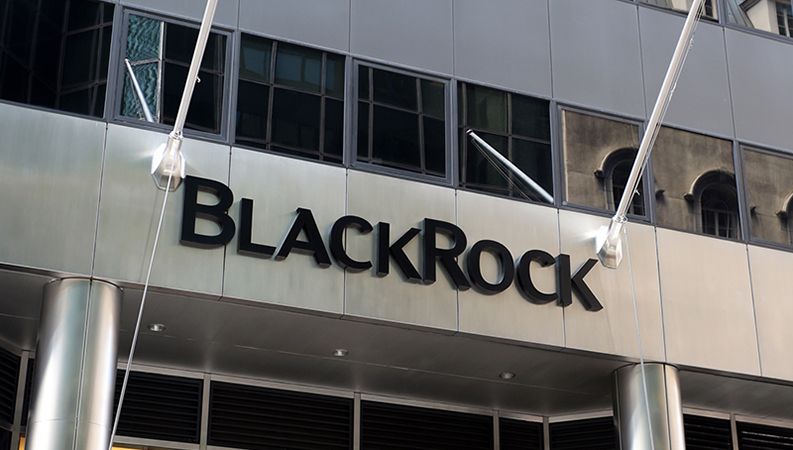BlackRock’s MyMap multi-asset range has added around £200m – £300m a year in asset value between its launch in 2019 and 2023, followed by a jump of £800m in 2024 so far, new figures have revealed.
The MyMap range is targeted at UK financial advisers as well as self-directed retail investors. Both these groups are increasingly adopting multi-asset funds, the figures indicate.
While some of the rise in asset value of MyMap has been due to market movements, a substantial amount has been inflows of client money. This is shown by the breakdown of the past five years, with the range still growing in value in 2022 when markets fell significantly.
MyMap has gone from £14m in 2019, to £186m in 2020, £482m in 2021, to £709m in 2022, £1.03bn in 2023, and has reached £1.84bn in 2024.
See also: M&G warns of bumpy path and turbulence ahead for investors
The rise is part of a much wider trend, with global assets under management in the Investment Association Volatility Managed and Mixed Asset sectors growing from $200bn at the end of May 2019 to $295bn at the end of February this year.
BlackRock said the macro conditions prompted by the Covid 19 pandemic, increased geopolitical tensions and the resulting inflationary environment have led self-directed retail investors to reassess their portfolio allocations since 2019.
MyMap has also been helped by digital investing being the fastest-growing wealth segment in the UK, with 9.5 million accounts open at the end of 2022, up 39% since 2020, according to figures from BlackRock.
Heather Christie, head of UK advisor and platform sales at BlackRock, said: “As the macroeconomic outlook looks more complex to navigate, we have noticed that investors are keen to outsource management of their money to fund managers with the experience to navigate this new environment. As a result, the popularity of multi-asset strategies has risen – both for investors who use an adviser and those investing through digital platforms.”
See also: AJ Bell: The five key trends driving UK and US shares
“Multi-asset, risk-based funds allow investors to diversify their portfolios, while staying within the level of risk tolerance they are comfortable with. Amid a volatile macro market regime, this characteristic is proving increasingly popular and will continue to drive flows into this space.
“Since multi-asset funds invest across a broad range of asset classes, this diversification can help reduce overall portfolio risk, more precisely navigate choppy markets and take risk where it is most likely to be rewarded.
“It is also the case that the regulatory landscape has become more complex, further adding to the range and amount of tasks on an adviser’s plate,” she continued. “Multi-asset funds and MPS help to alleviate that burden by leaving the whole host of investment complexity to the investment experts, freeing up adviser time for the most important piece of the puzzle: helping their clients achieve their goals.”








